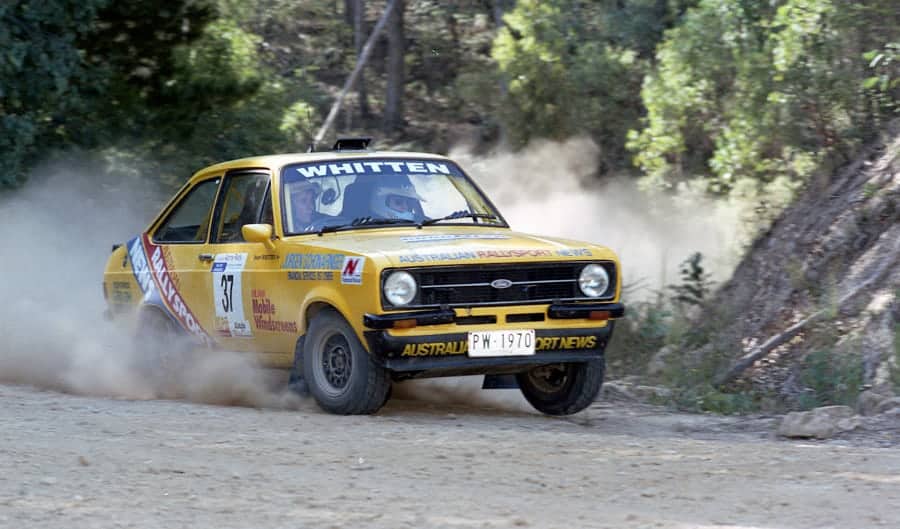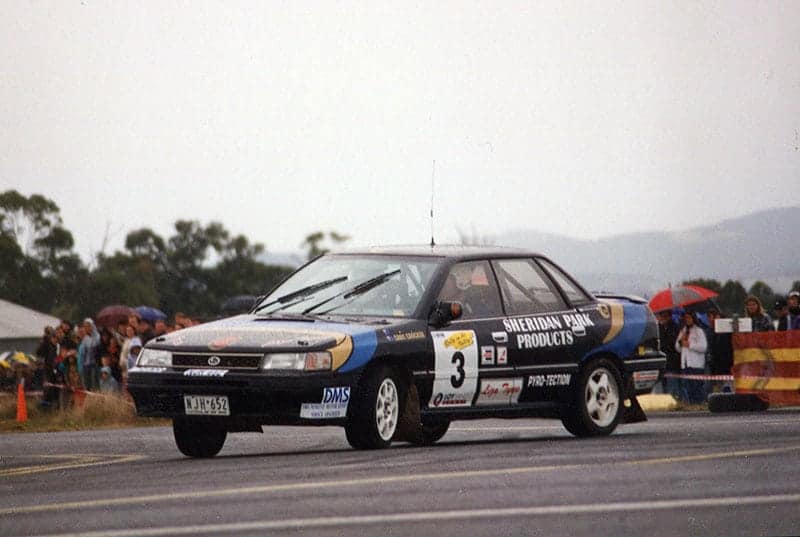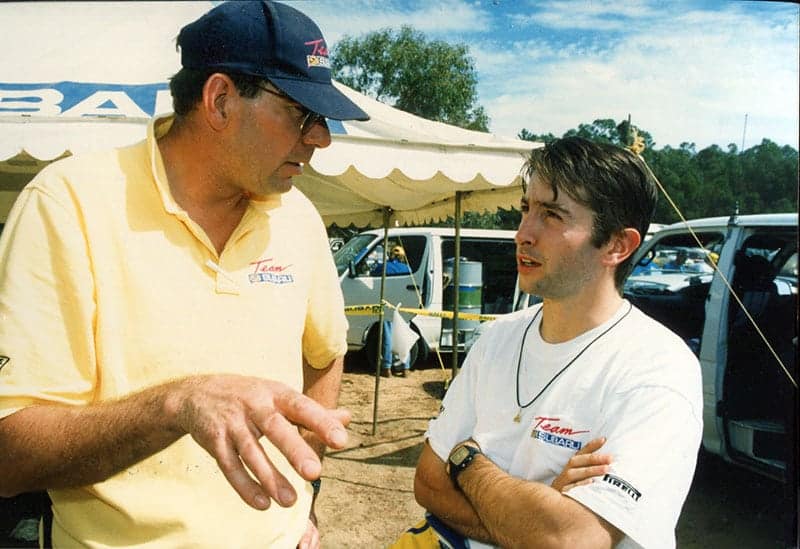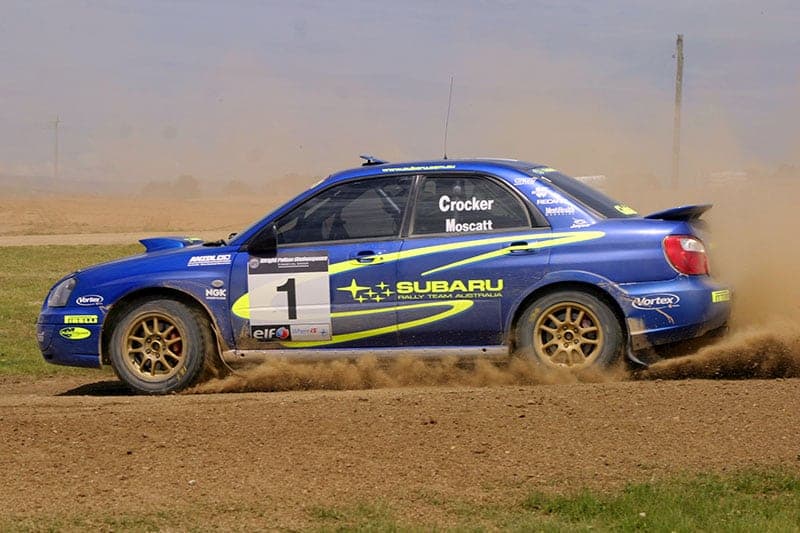The road to a factory drive, however, is one rarely travelled, not only here in Australia, but overseas as well.Most drivers need to start with very deep pockets – like in all forms of motorsport – but not even that will guarantee you of success. Witness the World Rally Championship as an example. At the start of this year there were 13 factory drivers in the WRC, yet in the past five years, only one of those drivers has been World Rally Champion. Even more amazing is that in the past 14 years, only two men have held aloft the champion’s trophy – and both their names are Sebastien! Back home in Australia, Subaru’s Molly Taylor is the only full factory driver in the country. There are many more drivers fast enough, but the automotive landscape is such that those drives are, literally, as rare as hen’s teeth. So perhaps it’s time we stopped thinking about the ultimate prize, and started lowering our eyes and focussing on what is achievable, rather than what’s not.

Peter Whitten competing in the Alpine Rally in 1992. Photo: Stuart Bowes
Even back in 1993, when manufacturer involvement in rallying was more prominent than it is today, there was still no real path for a young charger to make his or her mark.It was with this in mind that we came up with the idea of the Australian Rallysport News Junior Rally Challenge – a nationwide series that pitted the country’s best young rally drivers against each other. Australia is a big country, so getting all the best young drivers to compete in the one event is never likely to happen, so we came up with what we thought was the next best thing. The rules were basically this: Drivers had to be 25 years old or under, and cars needed to be 2WD, normally aspirated, and under 3-litres. From memory, drivers paid a $25 registration fee. Four state championship rallies were then selected in each of the six states, and drivers earned points in each event in their state, with the winner being declared the state junior champion.

Crocker built a Subaru Legacy RS Turbo that he took to Rally Australia in 1995. Photo: Richard Eustace
Among other things, that package included $1500 in cash, a $2000 suspension package, $1000 in motorsport equipment, and free entry into the following year’s Rally Australia.There was no works drive offered or promised, and no guarantee that your career would skyrocket from there – yet it was a starting point for young drivers and gave them the opportunity to put their name forward in front of a national audience, and then a global one the following year. Yet, despite that, the end result was even more incredible than we could ever have dreamt of. The inaugural ARN Junior Rally Challenge winner in 1994 was a Victorian by the name of Cody Crocker. He drove an unlikely looking Mazda RX5 hatchback to the state victory, then upset all comers at the Rally of Canberra to take home the big prize. He used his winnings to build a Subaru Legacy RS Turbo that he then shipped to Western Australia in 1995 for the WRC-qualifying Rally Australia. It wasn’t easy, and it cost Crocker a lot of money, yet it gave him a small kick-start to his career.

A young Cody Crocker (right) formed part of the Subaru Rally Team in Australia. Photo: Stuart Bowes
The point is, though, that it can happen. Just because the works drive isn’t on offer at the start doesn’t mean it won’t be some way down track. It’s unlikely, of course, but as we’ve shown, stranger things have happened.There’s no doubt that we want more works drivers, and for more of the best drivers to be competing in top quality machinery in our best events. But are we setting the bar too high? If we accept that factory drives are unlikely as we move forward, why not once again run an affordable series that caters for drivers in all states, and with a much smaller budget?

Cody Crocker went on to great things after his win in the ARN Junior Rally Challenge. Photo: Peter Whitten
So why not another ARN Junior Rally Challenge? It worked in the 1990s, so why not now?Let’s accept that the road to a factory drive is probably a dead end, and do everything we can to provide a pathway for our young rally drivers that is clear and well regulated. From little things, big things grow, and we need to start somewhere.



